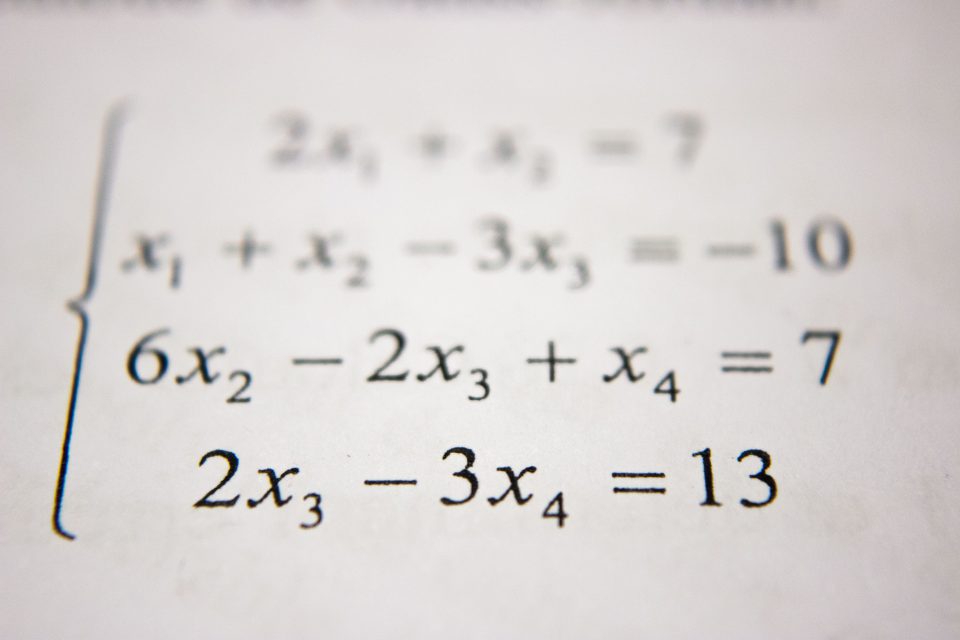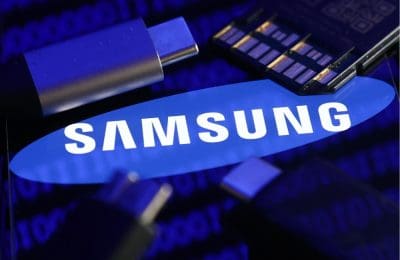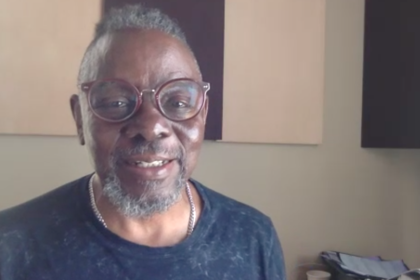
Algorithms are everywhere. You rely on them every day to make countless important decisions. You hit the search button in Google, and the search engine filters through millions of webpages to find what you want. An algorithm — a set of mathematical rules embedded into the computer — is what makes this possible.
Algorithms have the ability to make your life easier. They help you to request an Uber. They make your Amazon Prime purchase possible. Algorithms determine what you see in your Facebook feed, what movies Hulu recommends to you, and what ads you see in your Gmail account. Algorithms are a huge part of your daily life, whether you realize it or not.
Because of their impact, some people believe decisions made by artificial intelligence will yield more accurate results. But algorithms have proven themselves to not be more accurate than humans. After all, human beings write algorithms, and all human beings have biases. Humans bring their biases into coding, essentially transferring them into the algorithms. This easily transitions algorithms from being a tool that makes our lives easier to a tool that amplifies injustice and inequality.
Historically, discrimination has come in forms that could be immediately felt. Traditional discrimination says “you can’t attend this school because you are Black.” However, the “New Jim Code” (a term coined by Ruha Benjamin) allows for exclusion without you even being aware of it. Essentially, artificial intelligence has the ability to “hide, speed, and even deepen discrimination, while seeming neutral and benevolent when compared to racist practices of previous eras.”
But before we can explain this concept, we must first understand one basic question:
What are algorithms?
Click continue to read more.














